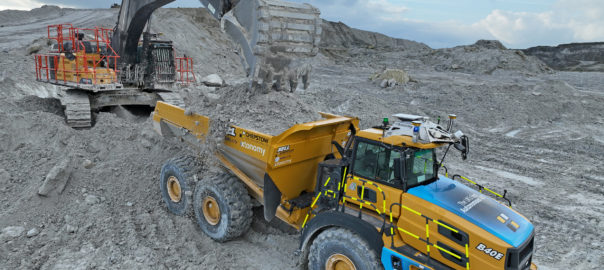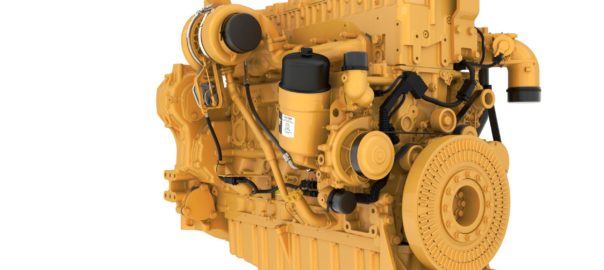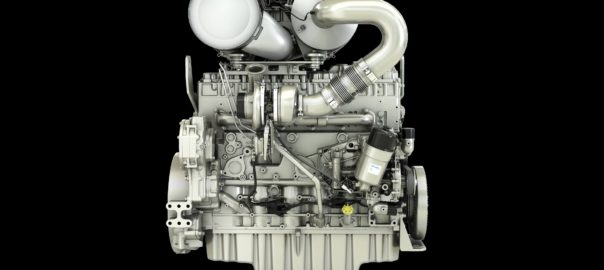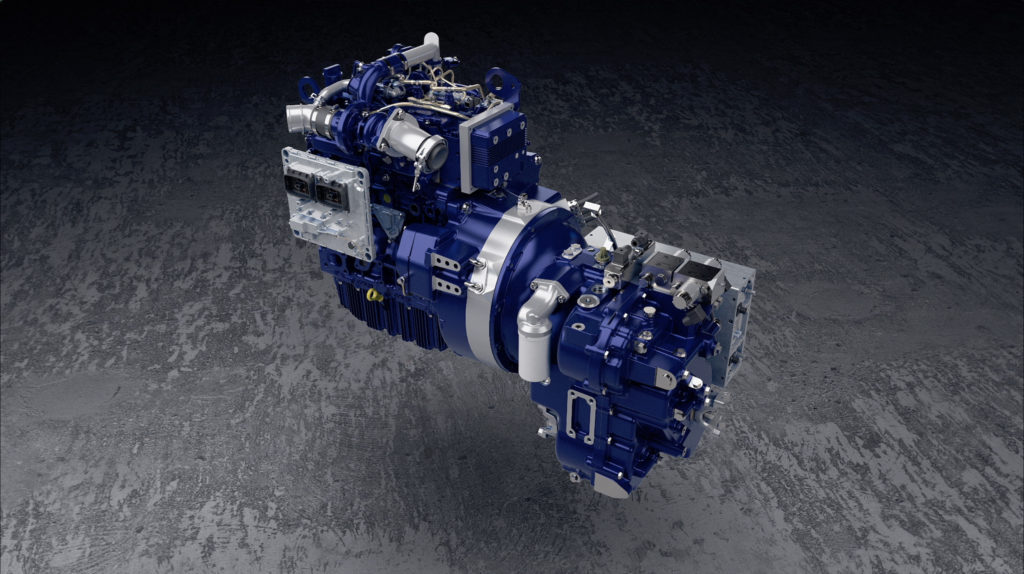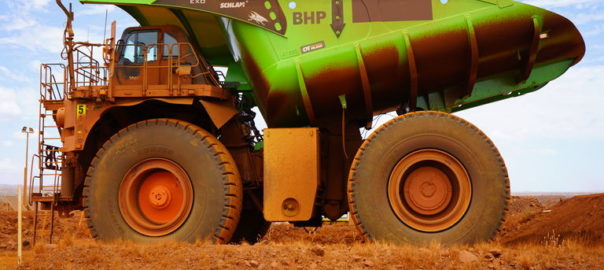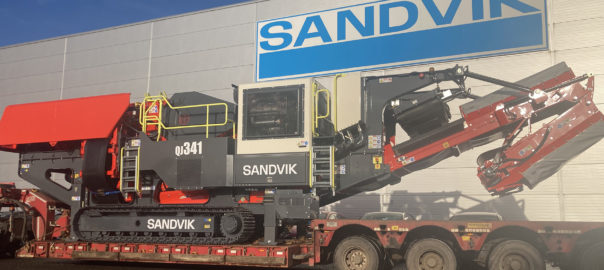Sibelco’s china-clay Cornwood quarry in Devon, UK, has, today, played host to the launch of an autonomous ADT designed to help future proof the effectiveness and competitiveness of extractive operations such as mining within the minerals and aggregates industry.
The development of autonomous driving capability opens the door to a range of operational efficiency, safety, environmental and employee benefits to underpin the sector going forward, according to the compaies involved.
The UK-first project was initially conceptualised by Chepstow Plant International (CPI) and Bell Equipment following long-term trials between Bell Equipment and technology platform specialist, xtonomy.
CPI identified Sibelco, a long-term valued strategic customer, as the ideal partner to bring the project to reality in a live-working quarry environment. Collectively, the four stakeholders have collaborated to develop and launch a quarry transportation proposition that has its eyes on the future.
The launch event for the venture today saw key industry guests invited to witness a full demonstration of the new autonomous solution within a working quarry setting. Presentations highlighted the on-board hardware and software technologies, including radar sensors from indurad, high-precision GPS, multi-channel communication systems and on-board processing hardware. They have been incorporated by xtonomy into a standard B40E dump truck to create an Autonomous-Ready drive by wire B40E solution.
As a result, the combination offers true and safe autonomy with a resilient navigation system that dynamically plans ADT paths and predictively controls the vehicle around the entire quarry site, the companies say.
Among the key objectives with this pilot scheme will be to demonstrate the potential to reduce vehicular incidents and subsequent accidents as well as upskilling then the existing workforce to further support the future of quarry operations.
Operational efficiencies will be enhanced as the autonomous ADTs are able to operate for longer periods during the working day, deliver highly accurate tipping results and ensure that the existing quarry shift patterns can be tailored to improve productivity. Further benefits will be available thanks to improved component life and reduced wear and tear on the Bell B40E dump truck, leading to improved asset availability for the quarry, they say.

Environmental advantages will also be leveraged through the AI-enabled transformation. With enhanced driving accuracy and efficiency across the quarry, less fuel will be consumed, helping to ensure reductions in carbon emissions from a a quarry’s daily activities.
To further enhance the autonomous ADTs impact on the environment, the Bell B40E uses HVO instead of diesel.
John Corcoran, Managing Director, at CPI, said: “CPI is delighted to be involved in this exciting and UK-first collaboration; one that is focused on a next generation adventure to ensure UK quarries continue to maximise operational efficiencies and remain competitive. It is important that stakeholders come together in this way to drive advancements and support the industry’s future prospects, whilst continually remain committed to our safety standards and net-zero commitments.
“We are sure that this pilot project will deliver both progress, as well as further challenges. Both of which will provide the pathway towards the ultimate goal.”
Ben Uphill, Director Operations – Kingsteignton Cluster at quarry-owner, Sibelco, says: “We envisage many benefits from having access to this sector-first autonomous ADT solution. The minerals & aggregates sector must embrace technology as a way of continually delivering improvements across our daily operations and cost base. At Sibelco we strive for continuous improvement, with a focus on safety, and the environment through energy efficiency and CO2 reduction. Automation is used in many parts of our operations and business to maximise efficiency and to also manage areas of skills shortage. This has been a fantastic example of collaborative ethos from all partners and has resulted in a safe and productive autonomous driving setup for a key part of our operations.”
Nic Grout, Managing Director at Bell Equipment, said: “Bell Equipment is a leading supplier in the ADT market and as such is proud to be part of this exciting project. Its success can help transform the future of the quarrying sector and we are pleased that our evolutionary E-series and the B40E dump truck sits at the heart of this innovative project. The ability to transform our market leading vehicle through added technology functionality into a safe, robust, effective, and autonomous quarrying asset is welcome and sets the standard for future developments across our vehicle range.”
Christian Riedel, CEO at xtonomy, says: “Supporting the quarrying sector through the appliance of result-orientated automation platform solutions is a key commitment for the business. Expectations and needs are changing as the industry looks to transition to a future where improved efficiency, better safety and targeted environmental considerations are key priorities. Our AI technology incorporated onto the already successful Bell B40E dump truck evolves it to a next generation payload transportation blueprint.”







